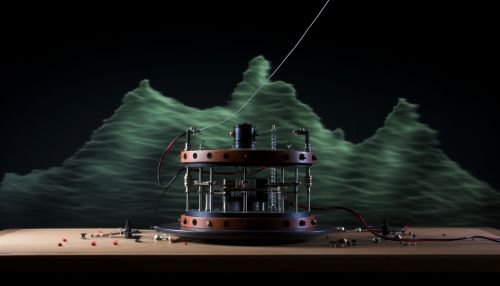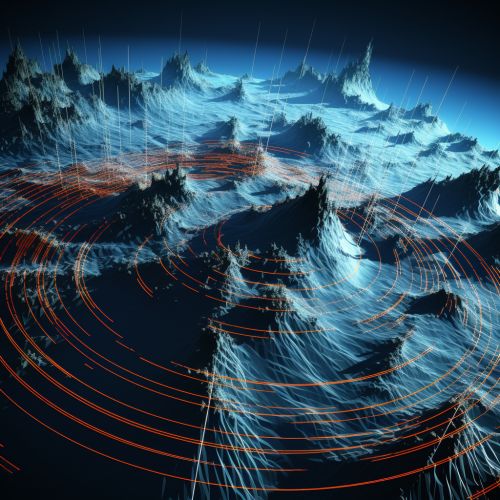The Role of Seismology in Earthquake Detection
Introduction
Seismology, the scientific study of earthquakes and the propagation of elastic waves through the Earth, plays a crucial role in the detection and understanding of earthquakes. The field encompasses the study of seismic waves, their propagation through the Earth's interior, and their source mechanisms. This article explores the role of seismology in earthquake detection, detailing the methods and technologies used, and the importance of this field in predicting and mitigating the effects of earthquakes.


Seismic Waves and Earthquake Detection
Seismic waves, the energy waves that travel through the Earth's layers, are a fundamental aspect of seismology. They are generated by earthquakes, volcanic eruptions, magma movement, large landslides, and man-made explosions that can be used to map the interior of the Earth. There are two types of seismic waves: body waves (which include P-waves and S-waves) and surface waves (which include Love waves and Rayleigh waves).


The detection and analysis of these waves are crucial for locating and determining the magnitude of earthquakes. Seismologists use instruments called seismometers to record the arrival of seismic waves and infer the location, depth, and magnitude of an earthquake. The data collected by seismometers worldwide is used to create seismic hazard maps, which can guide building codes and public policy.
Seismology and Earthquake Prediction
While the prediction of earthquakes with precise accuracy remains elusive, seismology plays a significant role in forecasting the likelihood of earthquakes over longer periods. This is achieved through the study of seismic gaps, long-term precursors, and statistical patterns in earthquake occurrence.


Seismologists also study earthquake swarms (sequences of earthquakes striking in a specific area within a short period) and seismicity (the geographic and temporal distribution of earthquakes) to understand the patterns and potential precursors to larger seismic events.
Seismology and Earthquake Mitigation
Beyond detection and prediction, seismology also plays a crucial role in earthquake mitigation. The data and insights provided by seismology inform the development of building codes, the design of earthquake-resistant structures, and the implementation of early warning systems.


Seismology also aids in the understanding of tectonic processes, contributing to our knowledge of earthquake-prone regions and informing land-use planning and disaster preparedness efforts.
Conclusion
In conclusion, seismology plays an integral role in our understanding and detection of earthquakes. From the study of seismic waves to the development of mitigation strategies, this field is crucial to our ability to live safely in a seismically active world. While the prediction of earthquakes remains a challenge, ongoing research in seismology continues to enhance our ability to forecast and prepare for these natural disasters.
